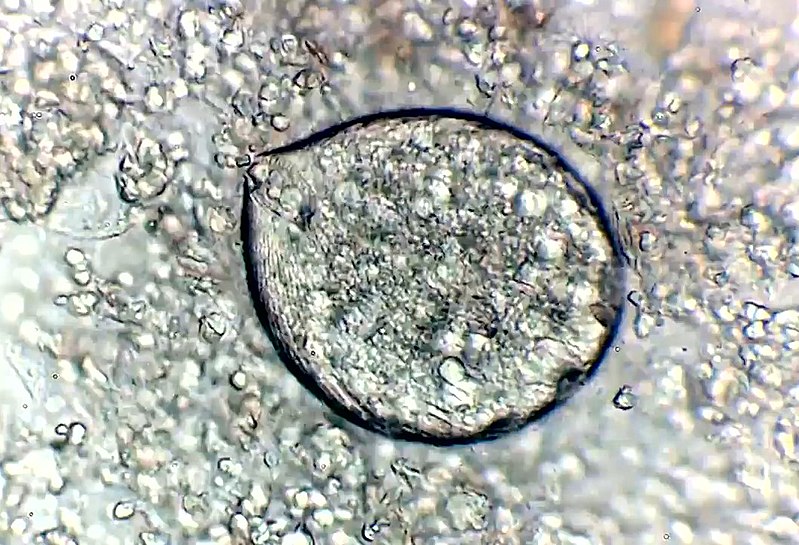By now, most of us have heard the various arguments, talks, and opinions on the benefits of and harm caused by the marine ornamental trade. It’s an important subject, and we need more strong, reliable data. Kevin Philip Erickson, while pursuing his doctorate at Central Queensland University, addressed this very topic in his 2017 doctoral thesis, “A risk analysis of Australia’s marine ornamental supply chain focusing on biosecurity (release, disease, and pathogen) concerns”. The 343-page paper, available for download HERE, is full of important, relevant information, some of which I am privileged to share with you below:
“Currently, there are over 150 species of stony corals, over 500 species of non-coral invertebrates and at least 1,802 species from morethan 50 families of fish that are commonly traded internationally within the marine ornamental aquarium hobby. Furthermore, it is estimated that more than 90% of marine ornamental fish are sourced from wild-caught fisheries.
Globally, more than 150 species of vertebrates, invertebrates, plants and microorganisms (including pathogens) have invaded natural water bodies (both freshwater and marine) via the aquarium trade and through ornamental aquaculture. The most recent invasion is the increase in Pterois volitans (Lionfish), which is native to the Indo-Pacific, in the Atlantic Ocean and Caribbean Sea, which is now established and was thought to be introduced via the marine aquarium trade.

Cryptocaryon irritans, source: wikimedia commons, Fedtred
Of the Australian marine aquarium businesses surveyed, 60% reported that they buy or sell marine ornamental species that have been imported into Australia. Of the respondents that said ‘Yes’, approximately 83% also responded that ‘No’ they do not, or ‘Sometimes’, have specific aquaria for imported species and 83% also responded that ‘Yes’, they do, or ‘Sometimes’ mix those imported species in the same aquarium or system with native Australian species.
More than half of the business respondents (57%) replied that they sell more than 5,000 marine ornamental organisms per year with 64% of respondents reporting that they ‘Always’ or ‘Most of the time’ source their marine ornamental organisms from an ‘Importer or wholesaler’.
Approximately 77% of business survey respondents indicated that ‘Yes’, they generally assume that the marine ornamental organisms they purchase/obtain are healthy. If business survey respondents suspected that a marine ornamental organism they purchased/obtained was unhealthy, approximately 77% indicated that they would ‘Always’ treat them and care for them, and approximately 46% indicated that they would ‘Never’ buy the organisms in the first place.
When asked how often have marine ornamental organisms under the care of their business been sick, approximately 62% of the business respondents indicated ‘Rarely’, while 15% indicated ‘Most of the time’. When asked if their business has ever treated sick marine ornamental organisms under their care, 100% of the respondents answered ‘Yes’ (Figure 5.13), and approximately 77% have ‘Most of the time’ been successful in ‘Curing’ marine ornamental organisms of their diseases. When specifically asked what proportion of your imported fish are diseased/show signs and symptoms of disease, 80% reported that between ‘1%-20%’ of their imported fish were diseased or show signs and symptoms of disease.
The frequency of the selling and swapping between hobbyists is important to understand the frequency of trading and the number of potential disease incursions. Approximately 36% responded that they ‘Never’ sell or swap marine ornamental organisms, 31% responded with ‘Yearly’, 20% responded with ‘Quarterly’ and 10% responded with ‘Monthly’. Approximately 79% of hobbyist survey respondents are ‘Always’ or ‘Most of the time’ selling or swapping marine ornamental organisms with other hobbyists and approximately 22% are selling back up the traditional supply chain to the retailer.
When marine ornamental organisms die, marine aquarium hobbyist respondents actions are varied, with 42% ‘Always’ or ‘Most of the time’ putting them ‘Directly in the bin’, and 33% ‘Always’ or ‘Most of the time’ putting them in their ‘Yard / garden’, being the two most popular responses. Eleven respondents (approximately 3.94%) indicated that they do ‘Rarely’, release a normal living marine organism they no longer wanted ‘Into the ocean’.
When it comes to treating their sick marine ornamental organisms, 72% of hobbyists indicated ‘Yes’, that they had treated, and 26% indicated ‘No’, that they had not. When asking how often they had been successful at ‘Curing’ their marine ornamental organism, 40% indicated that they are successful ‘Most of the time’, and 16%, the second most frequent response, are ‘Rarely’ successful. Hobbyist survey respondents are split however when it comes to sharing the disease history of each marine ornamental organism they sell or swap, with approximately 42% saying ‘Always’, but the second most popular answer being ‘Never’ with approximately 20%.
Approximately 91% of respondents either keep or sometimes keep aquaria with a mixture of imported and native Australian species, suggesting that the diseases, parasites, or conditions are able to move freely between each group. The overall ‘Yes’ response to the presence of a specific disease, parasite, or condition, was 11.9%, which includes 63.33% indicating ‘Yes’ to the presence of Cryptocaryon irritans. Overall, this is almost a quarter of the ‘Yes’ responses than was seen on the same question to the business survey respondents (43%), suggesting that the Australian marine aquarium businesses potentially act as a filter for the diseases, parasites, or conditions, preventing them from being passed from the business level of the supply chain to the hobbyist level. As 18.5% of responses were ‘Uncertain’, the actual presence of the diseases, parasites, and conditions could be higher.”
citation: Erickson, KP, (2017), A risk analysis of Australia’s marine ornamental supply chain focusing on biosecurity (release, disease, and pathogen) concerns . Central Queensland University LINK









0 Comments